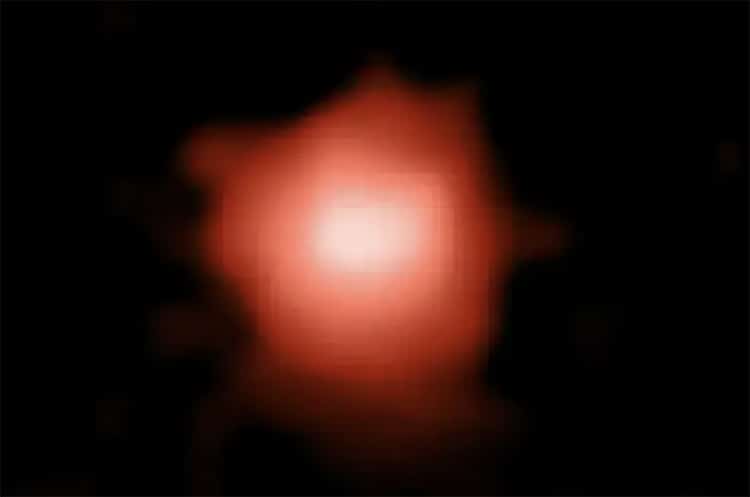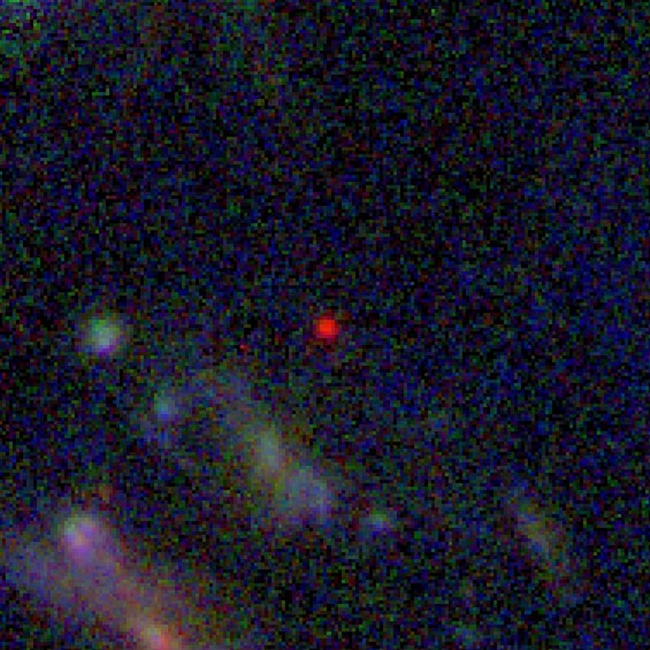JWST gives a clearer, deeperpicture of our universethan ever before.
The sources of the light are rapidly moving away as the universe expands.
In this way, the telescope literally peers back in time to the origins of the universe.

GLASS-z13, formed just 300 million years after the big bang, as observed by the James Webb Space Telescope. (Photo: Naidu et al, P. Oesch, T. Treu, GLASS-JWST, NASA/CSA/ESA/STScI)
On board is a NIRCam instrument, essentially an extremely high-tech infrared camera.
This camera has been responsible for many of thestunning recent imagesreleased by NASA.
Caught on camera is what seems to be a red, amorphous star.

GLASS-z13 appears as a red dot in this NIRCam color composite. (Photo:NASA/STScI/GLASS-JWST program: R. Naidu, G. Brammer, T. Treu)
This places its formation over 13.5 billion years ago.
The newly discovered galaxy is much smaller than ours: only 1,600 light-years compared to our 100,000 light-years across.
This celestial discovery is 100 million years older than the previously oldest known galaxy GN-Z11.
The latter was discovered by Hubble in 2016.
The new one is called GLASS-z11.
Certainly, many further universe-expanding discoveries await.
GLASS-z13 appears as a red dot in this NIRCam color composite.